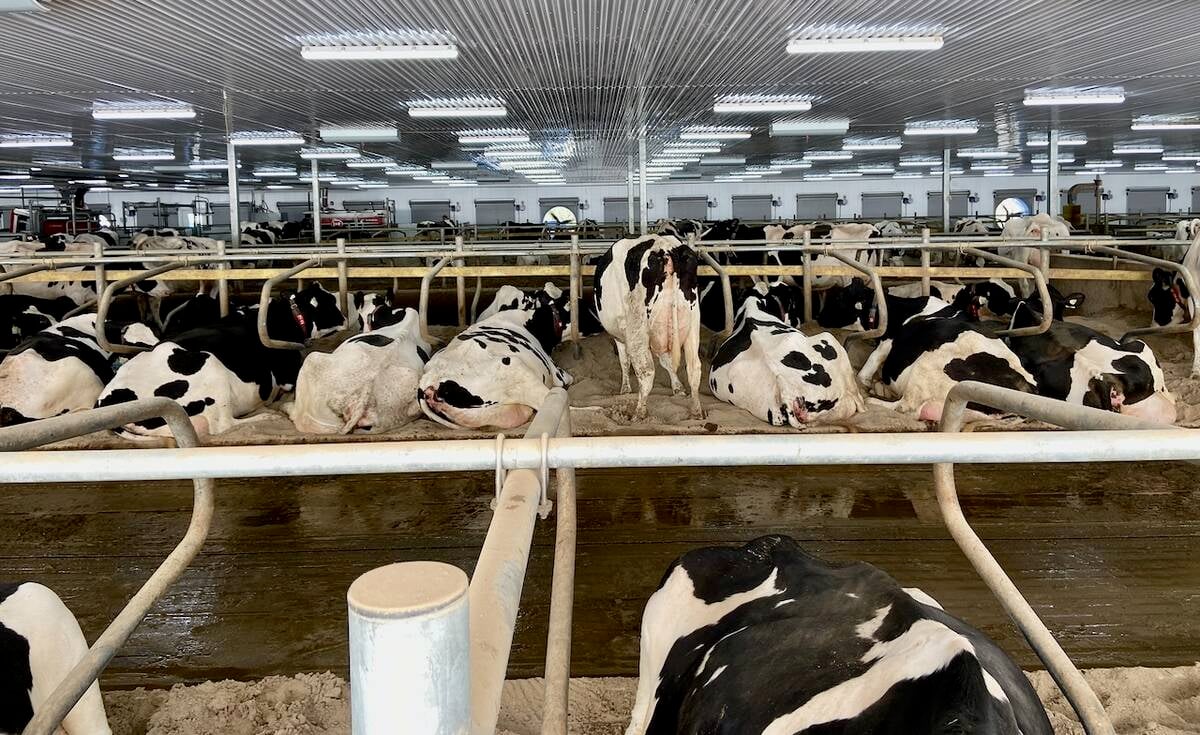The aggressive demand for southern Manitoba feeder cattle showed no signs of slowing down during the week ended Feb. 3, as numbers were up at most auction yards across the province and prices were generally steady to higher.
“Prices seemed fully steady from the week prior in most spots,” said Robin Hill of Heartland Livestock Services at Virden, adding that the butcher steers and bulls were up by another $1 to $2 per hundredweight. He described volumes as “great,” with the high prices also helping bring more animals into the auction yards.
Read Also

Lactanet moves to monthly on dairy genetic reports
Lactanet is now publishing monthly dairy genetic evaluations, giving dairy farmers more up-to-date data to make breeding decisions.
Eastern and western feedlots remained the primary destinations for Manitoba feeder cattle, with some also staying locally. Hill said the fancier cattle in particular were hitting the eastern orders into Quebec and Ontario.
However, whether the market will be able to stay strong or not is “a guessing game,” according to Hill. “I think the light cattle will stay strong right through… but the heavier cattle almost seem a little too high,” he said.
“We’re at the high end of the heavier cattle,” said Hill, adding that the only way the larger feeder animals would have any more room to the upside would be if the fat market also strengthened.
“We need to see (the butcher steers and heifers) get a little stronger,” said Hill.
While there are still profits to be made in the sector, “margins are very tight,” said Hill. “I hope we don’t start seeing losses,” he added, noting that the ideal situation would see fat prices start coming up, rather than the feeder market trend lower.
Hill estimated a five-cent-per-pound increase in the fat market would do a great deal in improving profitability.
One saving grace helping the feedyards to remain profitable this year is the mild winter conditions. With temperatures unseasonably warm for the most part, cattle are using less feed.
“The feeder market looks good, but I’d like to see the fat cattle see a little more profitability in order to keep the feeder market where it is,” said Hill.
During the week, the Canadian dollar moved decidedly above parity with its U.S. counterpart, which will keep the door shut on U.S. buying interest.
A report released during the week by the George Morris Centre and funded by the Canadian Cattlemen’s Association, Canadian Pork Council and Canadian Meat Council found that ethanol production in Canada had an adverse effect on the livestock sector to the tune of $130 million a year.
The study claimed ethanol mandates led to increased feed costs and decreased feeder cattle prices. The study also made claims that ethanol production was leading to a reduction in incentives to produce livestock in Canada.
However, the report may not be telling the whole story. The Grain Farmers of Ontario came out with a rebuttal noting that livestock prices have traded at record highs this year, despite any competition for feed grains from the ethanol sector.
The GFO also made the point that livestock producers and grain producers are often one and the same, and noted the byproducts of ethanol production (DDGS) are also used as a feed ingredient.














